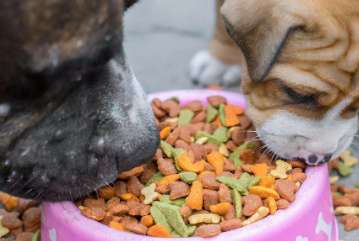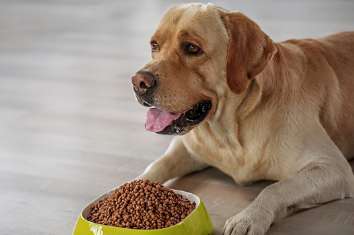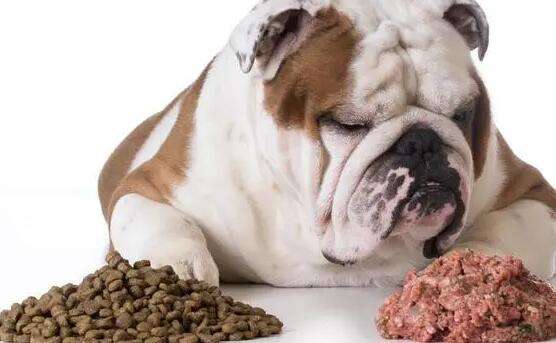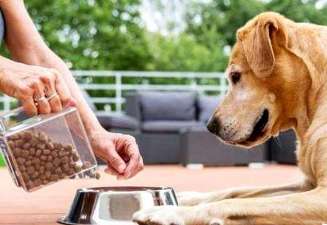When changing a dog's food, try to let the dog gradually adapt to the new diet instead of making a sudden change. This reduces your dog’s risk of gastrointestinal upset and diarrhea. Usually, the process of changing a dog's food takes 7-10 days, during which the proportion of the new diet can be gradually increased and the proportion of the old diet can be reduced.

For example, on the first day, you can give the dog half the new diet and half the old diet; on the second day, you can give the dog One-third new diet and three-thirds old diet; on the third day, the dog can be given three-thirds new diet and one-third old diet. And so on until the seventh day, when the dog only eats the new diet. During the process of changing the dog's food, attention should be paid to the dog's physical reaction. If symptoms such as diarrhea and vomiting occur, the food change should be stopped immediately and a veterinarian should be consulted. At the same time, when changing your dog's food, you should pay attention to choosing a diet that is suitable for the dog's age, size, activity level and health status. For example, puppies should be on a puppy-specific diet, while adult dogs should be on an adult-specific diet. For neutered dogs, choose a diet designed for neutered dogs; for dogs with certain health problems, choose a diet specific to those health problems.





